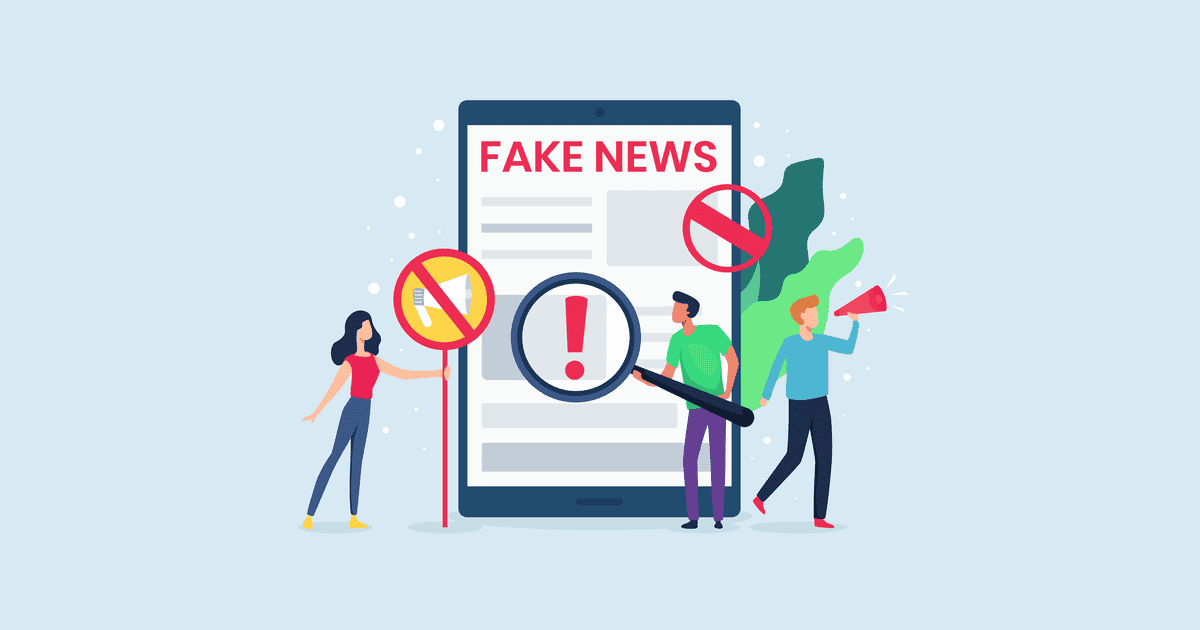How Online News can Save You Time, Stress, and Money.
Table of ContentsHow Online News can Save You Time, Stress, and Money.Not known Facts About Online NewsOnline News - The FactsOnline News Can Be Fun For Anyone
Obtain info regarding the benefits of our programs, the training courses you'll take, and what you need to use.The future of journalism will progressively depend on customers paying for the information directly, as material suppliers like Facebook and Google occupy the lion's share of electronic marketing bucks. The Media Insight Task, a partnership of the American Press Institute and The Associated Press-NORC Facility for Public Affairs Study, has actually undertaken what our company believe is just one of the largest initiatives ever to comprehend who registers for news, what encourages them, and how designers of journalism can engage more deeply with customers so more people will certainly subscribe.
The research finds that somewhat majority of all U.S. grownups register for news in some formand approximately fifty percent of those to a newspaper. And in contrast to the idea that youngsters will certainly not pay for news since details on the web is cost-free, nearly 4 in 10 adults under age 35 are spending for information.
There is also significant proof that even more consumers could begin to pay for news in the futureif authors can recognize them and serve them well. Half of those who do not pay for news proactively choose news and appear like subscribers in different methods. And almost 2 in 10 of those that do not register for news now indicate they are inclined to begin to pay in the future.
Online News for Beginners
Amongst them: Who spends for information? Why do they pay? Who does not pay for news and why not? What are the courses authors can take to much more deeply engage readers and to encourage information consumers to pay for journalism directly? What rate factors matter? The answers might form what journalism looks like in the future - Online News.
We then ask a set of questions to determine whether individuals pay for certain kinds of news sources. We asked individuals to name the sources they utilize most oftenwhether they pay for them or nothow they utilize them, the particular points they take into consideration crucial about them, and some relevant concerns about the expense and value of that resource.
This number does not include those that pay for cable bundles that might consist of news channels. Fully 37 percent of the youngest grownups, 18 to 34 years old, register for information. Both youngest age accomplices that pay (18-34 and 35-49) also act differently than older clients. They are motivated a lot more by a desire to sustain the wire service's goal.
People are attracted to news generally for 2 reasons above others: A desire to be informed residents (paper subscribers particularly are very motivated by this) and due to the fact that the publication they subscribe to excels at covering specific subjects concerning which those subscribers especially care. While there are a host of factors, the No.
The smart Trick of Online News That Nobody is Discussing
Greater than 4 in 10 additionally point out the reality that family and friends sign up for the exact same product. Even more than a 3rd of individuals claim they initially subscribed in feedback to a price cut or promo. In print, individuals also are relocated heavily to sign up for get coupons that conserve them cash, something that has untapped effects in electronic.

We asked every person who informed us they have a normal free source of information just how most likely they would certainly be to pay for it. Greater than a quarter (26 percent) state they would be at least rather most likely to start spending for itand 10 percent are really or exceptionally most likely. These likely payers have a tendency to be news candidates, and they also tend to be individuals that already pay for a news registration in enhancement read this article to the resource they comply with totally free.
Of those who do pay, 54 percent subscribe to papers in print or electronically, which represents 29 percent of Americans overall. A lot of them acquire a discover here print publication along with their paper and spend for two to 4 information sources in total, some much more. And while 53 percent are long-time clients (5+ years), greater than a quarter (27 percent) have bought their paper registration within the past year.
Rumored Buzz on Online News
Few print subscribers believe it most likely they will switch over to a digital-only subscription in the future, and majority of those who like digital have never ever paid for a print version of the very same source. Fully 75 percent of paper payers say they mainly reviewed the paper in print, while 21 percent are mostly digital customers, and 4 percent explain themselves as evenly split.

Just 1 in 10 individuals think their subscription sets you back way too much wherefore they obtain. Digital subscribers specifically are more probable than print customers to feel they are getting a great worth (48 percent vs. 32 percent), suggesting they could be a lot more happy to pay greater than they are now.
Education can be one of them if remote mentor confirms to be a success. No doubt, the shift to on-line knowing due to COVID-19 was abrupt and rash.